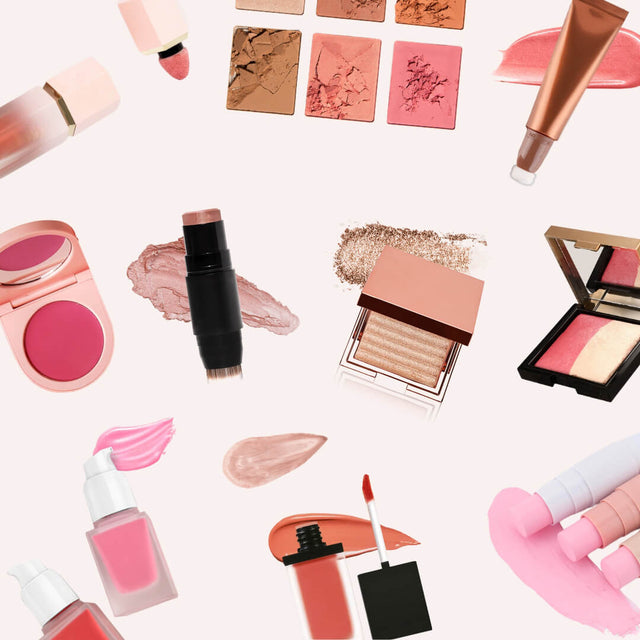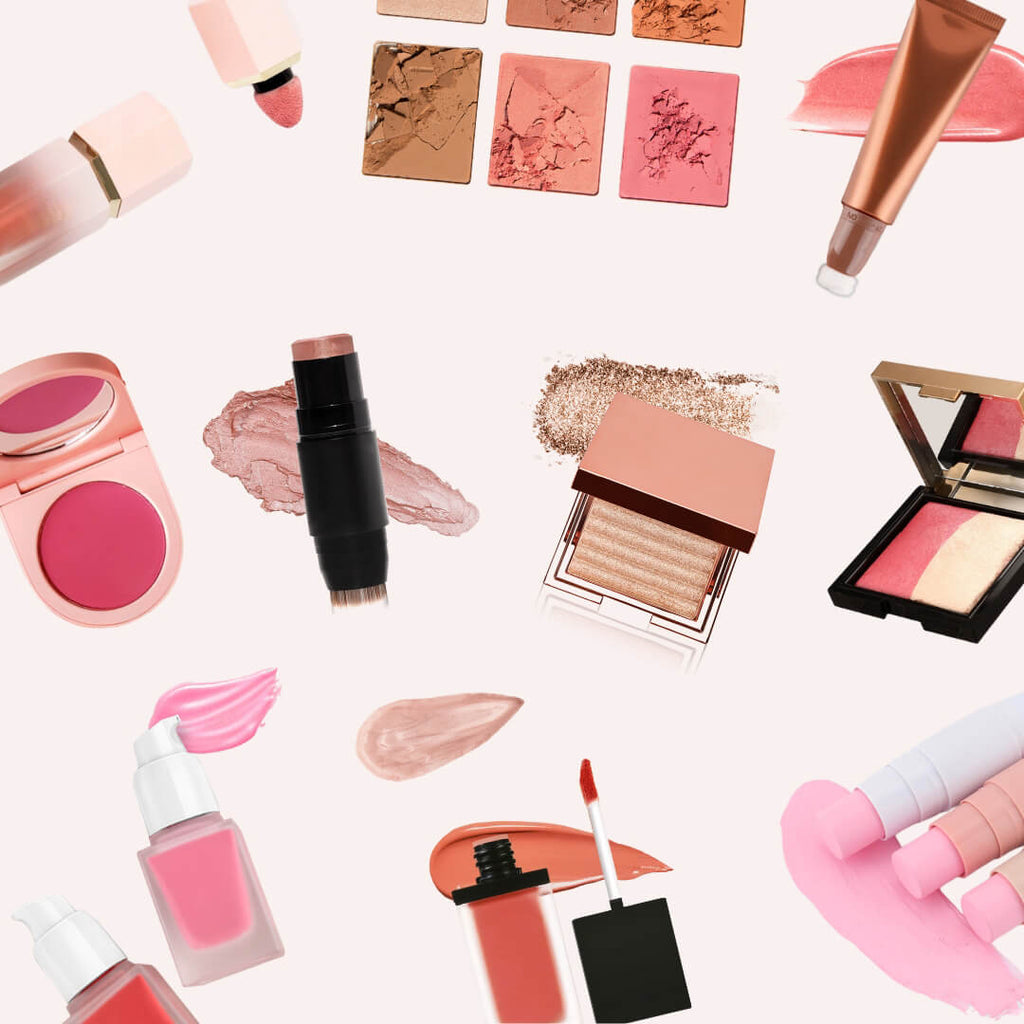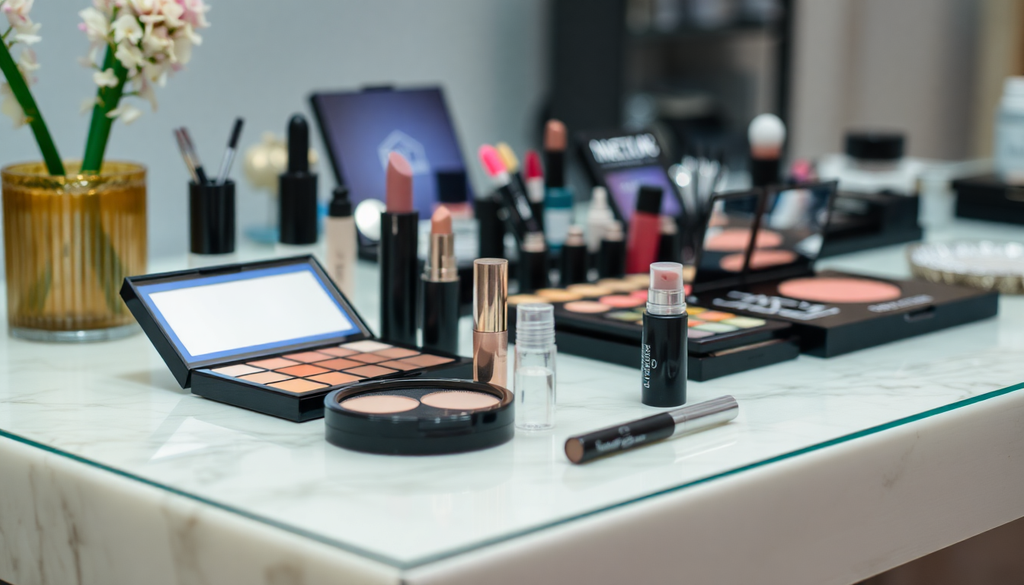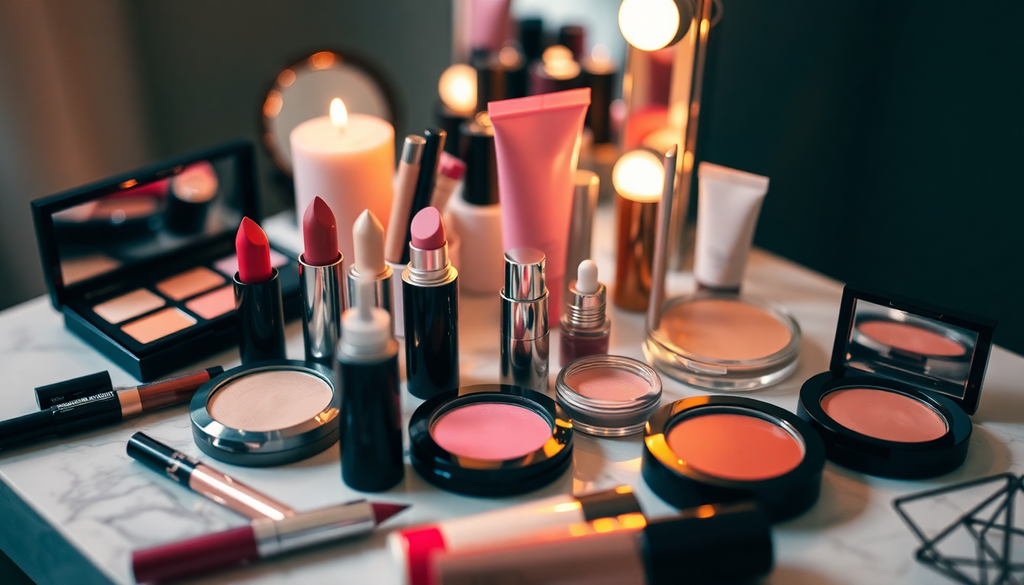
Starting Your Makeup Line: Essential Steps and Trends for 2025 Across Global Markets
Introduction
Launching a makeup line in 2025 presents a unique opportunity to capitalize on rapidly evolving trends and consumer preferences across diverse global markets. With the beauty industry continually innovating, it’s essential for aspiring entrepreneurs to understand the landscape thoroughly. This blog post will guide you through the crucial steps to establish your cosmetic brand while highlighting key trends and market specifics that can help you succeed.
Step 1: Conduct Market Research
Before you begin the journey of launching your makeup line, comprehensive market research is essential. Understanding your target audience is the foundation of any successful business. Here are some critical aspects to focus on:
- Demographics: Analyze the age, gender, and cultural backgrounds of your potential customers. Different markets may exhibit distinct preferences in makeup products.
- Competitor Analysis: Identify successful brands in your target market. Analyze their product offerings, marketing strategies, and customer engagement tactics to find gaps and opportunities.
- Consumer Behavior: Study how consumers purchase and consume makeup. Are they more inclined towards online shopping, or do they prefer brick-and-mortar stores? Understanding this will help you tailor your sales strategy.
- Trends: Stay updated on the latest makeup trends such as bold colors, sustainable packaging, and inclusive shade ranges. Social media platforms like Instagram and TikTok can be valuable resources for identifying emerging trends.
Step 2: Compliance and Regulations
Each country has specific regulations regarding cosmetics, and understanding these is crucial for compliance and market entry. Here are key guidelines for several major markets:
- United States: In the U.S., the FDA oversees cosmetics. Ensure that your products comply with labeling requirements, ingredient safety, and Good Manufacturing Practices (GMP).
- European Union: The EU has strict regulations under the Cosmetics Regulation, which mandates safety assessments, detailed labeling, and responsible marketing practices.
- Australia: Familiarize yourself with the National Industrial Chemicals Notification and Assessment Scheme (NICNAS) for chemical regulation and ensure compliance with the Australian Consumer Law.
- China: Entering the Chinese market requires understanding of animal testing regulations and adherence to specific labeling requirements that differ from Western markets.
- Canada: Health Canada regulates cosmetics under the Food and Drugs Act. Registration and adherence to Canadian labeling requirements are essential.
Step 3: Product Development
Creating high-quality products is the backbone of your makeup line. Here’s how to ensure your products stand out:
- Formulation: Collaborate with experienced cosmetic chemists to develop unique formulas. Conduct thorough testing to ensure the safety and effectiveness of your products.
- Ingredient Sourcing: Source high-quality ingredients that are in demand, such as organic or cruelty-free options. Transparency in sourcing can enhance brand credibility.
- Packaging Design: Invest in innovative and sustainable packaging that resonates with your target audience. Consider eco-friendly materials and designs that are visually appealing.
- Product Range: Decide on the types of products you want to offer—foundations, lipsticks, eyeshadows, etc. A diverse range can cater to various consumer needs.
Step 4: Building Your Online Store
With e-commerce becoming increasingly dominant, having a strong online presence is essential. Here are some steps to create an effective online store:
- Website Development: Use platforms like Shopify, WooCommerce, or Magento to create a user-friendly and aesthetically pleasing online store. Ensure that your website is mobile-responsive.
- SEO Optimization: Implement best SEO practices, including keyword research and content optimization, to improve your visibility on search engines. High-ranking websites attract more traffic.
- Product Photography: Invest in professional product photography to showcase your items in the best light. High-quality images can significantly influence purchasing decisions.
- Customer Experience: Simplify the navigation process, and ensure that your customers can easily find products. Implement chat support and quick loading times for a seamless experience.
- Payment Gateways: Offer multiple secure payment options, including credit cards, PayPal, and digital wallets, to cater to diverse consumer preferences.
Step 5: Marketing Strategies
Effective marketing is instrumental in the success of your makeup brand. Here are some contemporary strategies to consider:
- Social Media Influencers: Collaborate with beauty influencers who align with your brand values. Their endorsements can help you reach wider audiences and build credibility.
- Content Marketing: Create engaging content, such as makeup tutorials, product reviews, and beauty tips, to attract and retain potential customers. Consider starting a blog or YouTube channel.
- Email Marketing: Build an email list to keep your audience informed about product launches, promotions, and beauty tips. Personalized emails can enhance customer engagement.
- Virtual Try-Ons: Employ augmented reality technology to enable customers to virtually try on products. This can reduce purchase hesitation and increase conversion rates.
- Sustainability Initiatives: Highlight your commitment to sustainability through eco-friendly practices, such as recyclable packaging or cruelty-free formulations, to appeal to environmentally-conscious consumers.
- Promotions and Discounts: Implement strategic promotions during holidays or special events to attract new customers and reward loyal ones.
Step 6: Global Market Trends
Understanding the trends in different global markets is crucial for tailoring your offerings. Here are some emerging trends in various regions for 2025:
- Asian Markets: The K-beauty influence continues to dominate, focusing on natural finishes, multi-functional products, and innovative textures. Consumers are increasingly interested in skincare-makeup hybrids.
- North America: Inclusivity and diversity are paramount. Brands that offer a wide range of shades and cater to various skin tones are likely to capture a loyal customer base.
- European Markets: Clean beauty is gaining momentum, with consumers seeking products made from natural ingredients and packaged sustainably. Transparency in sourcing is a significant factor.
- Middle Eastern Markets: Luxury and opulence are key drivers, with a strong demand for high-performance and long-lasting products. The market favors brands that offer unique and exclusive items.
- Latin America: There’s a growing appreciation for local brands that celebrate cultural beauty. Products that reflect regional aesthetics and preferences are becoming increasingly popular.
Step 7: Building a Community
Creating a loyal customer base goes beyond just selling products. Here are some strategies to build a community around your brand:
- Engagement on Social Media: Regularly interact with your followers through comments, polls, and Q&A sessions. Engaging content fosters a sense of belonging.
- Brand Ambassadors: Recruit brand ambassadors who resonate with your target audience. They can help promote your products authentically and build trust.
- Customer Feedback: Encourage customers to share their feedback and reviews. This not only helps improve your products but also creates a sense of community as customers feel valued.
- Exclusive Events: Host online or offline events, such as makeup tutorials, product launches, or beauty workshops, to connect with your audience on a personal level.
Conclusion
Starting your own makeup line in 2025 is an exciting journey filled with potential and challenges. By following these essential steps, understanding global market trends, and prioritizing customer engagement, you can position your brand for success in a competitive landscape. Remember, the key to a thriving makeup business lies in deeply understanding your audience, complying with regulations, and staying ahead of trends while remaining adaptable to the ever-changing beauty industry.




